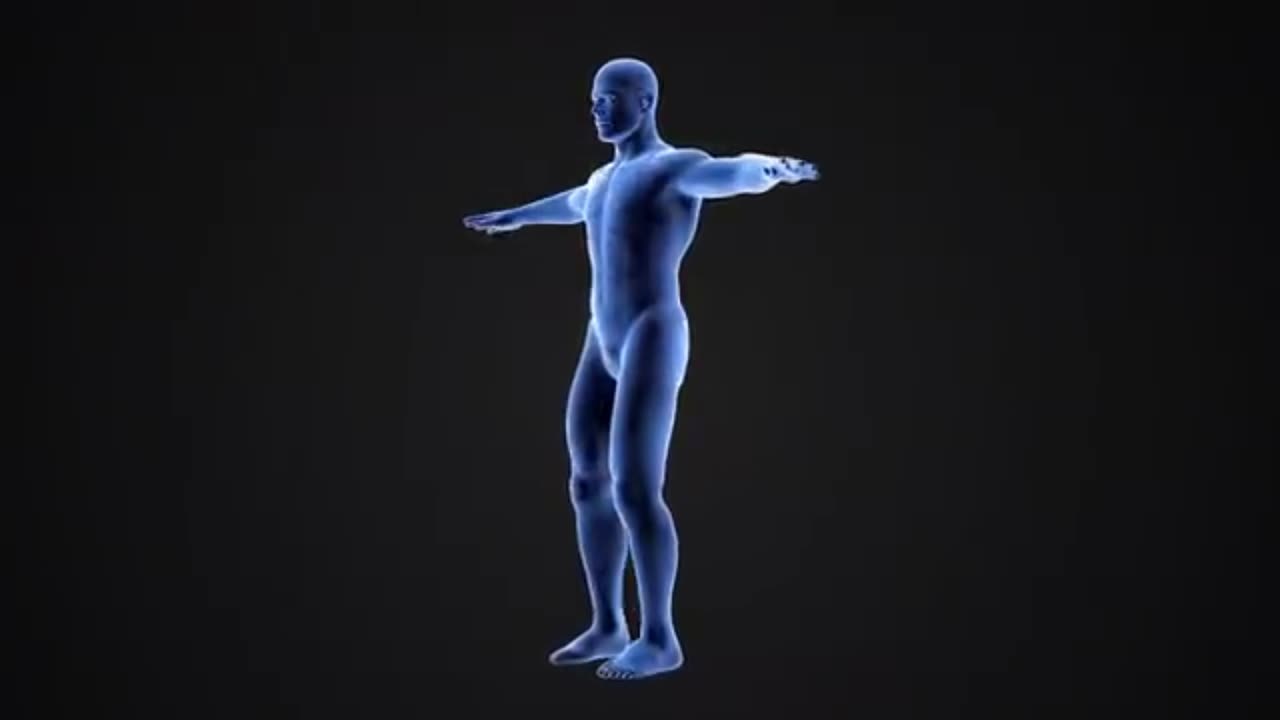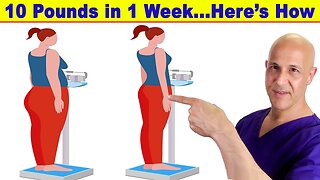Premium Only Content

One Teaspoon to Help Remove Fat from Your Liver | Dr. Mandell
Fatty liver disease occurs when fat deposits accumulate in the liver, impairing its ability to efficiently remove toxins from the blood. Obesity is the leading cause, and its prevalence has doubled in the U.S. over the last decade. While children and young adults can develop fatty liver disease, it is most common in middle-aged individuals.
Key Liver Functions:
Bile Production: Facilitates the breakdown and absorption of fats, cholesterol, and vitamins in the small intestine.
Bilirubin Absorption and Metabolism: Processes bilirubin from broken-down hemoglobin, storing iron for new blood cell production.
Blood Clot Support: Produces bile essential for vitamin K absorption, aiding blood clotting.
Fat Metabolism: Breaks down fats for easier digestion.
Carbohydrate Metabolism: Stores carbohydrates as glycogen, releasing glucose to maintain energy levels.
Vitamin and Mineral Storage: Reserves vitamins A, D, E, K, B12, iron, and copper for long-term use.
Protein Metabolism: Breaks down proteins for digestion.
Blood Filtration: Removes toxins, hormones, and substances like alcohol and drugs from the body.
Immune Defense: Houses Kupffer cells to destroy pathogens entering from the gut.
Albumin Production: Produces a vital blood protein for transporting fatty acids and hormones.
Angiotensinogen Synthesis: Creates a hormone that helps regulate blood pressure.
-
 5:12
5:12
Motivational doc org
5 days agoHow to Lose 10 Pounds in 1 Week: It’s Possible! | Dr. Mandell
61 -
 LIVE
LIVE
The Charlie Kirk Show
1 hour agoBreak the Bureaucracy + Trump's Shock And Awe + Super Bowl Thoughts | Sen. Scott, Sen. Lee | 2.10
10,523 watching -
 1:00:36
1:00:36
The Dan Bongino Show
4 hours agoFollowing The Money In This Growing Scandal (Ep. 2419) - 02/10/2025
635K983 -
 LIVE
LIVE
Nerdrotic
16 hours ago $2.29 earnedNerdrotic Nooner 463
1,524 watching -
 1:02:14
1:02:14
Grant Stinchfield
1 hour ago $2.07 earnedThe Democrats are Now Openly Calling for Violence and Impeachment of Trump
17.1K1 -
 LIVE
LIVE
The Dana Show with Dana Loesch
1 hour agoThe Dana Show LIVE On Rumble! | 02-10-25
972 watching -
 1:08:29
1:08:29
The Rubin Report
2 hours ago'Real Time' Crowd Roars for Bill Maher’s Brutal Message to Democrats
67.6K57 -
 1:45:36
1:45:36
Benny Johnson
2 hours agoMassive Illegal FEMA Fraud EXPOSED, Feds FREAK! Trump TORCHES Taylor Swift in Super Bowl Humiliation
80.4K111 -
 DVR
DVR
Bannons War Room
1 year agoWarRoom Live
113M -
 2:04:00
2:04:00
Steven Crowder
4 hours ago🔴 How Donald Trump Murdered Cancel Culture at the Super Bowl
459K286